Kishin, Kyoto’s King of Breakfast
In this restaurant, chef Atsushi Nakahigashi only serves Kyoto-style meals made from local ingredients, available between 07:30 and 13:30.
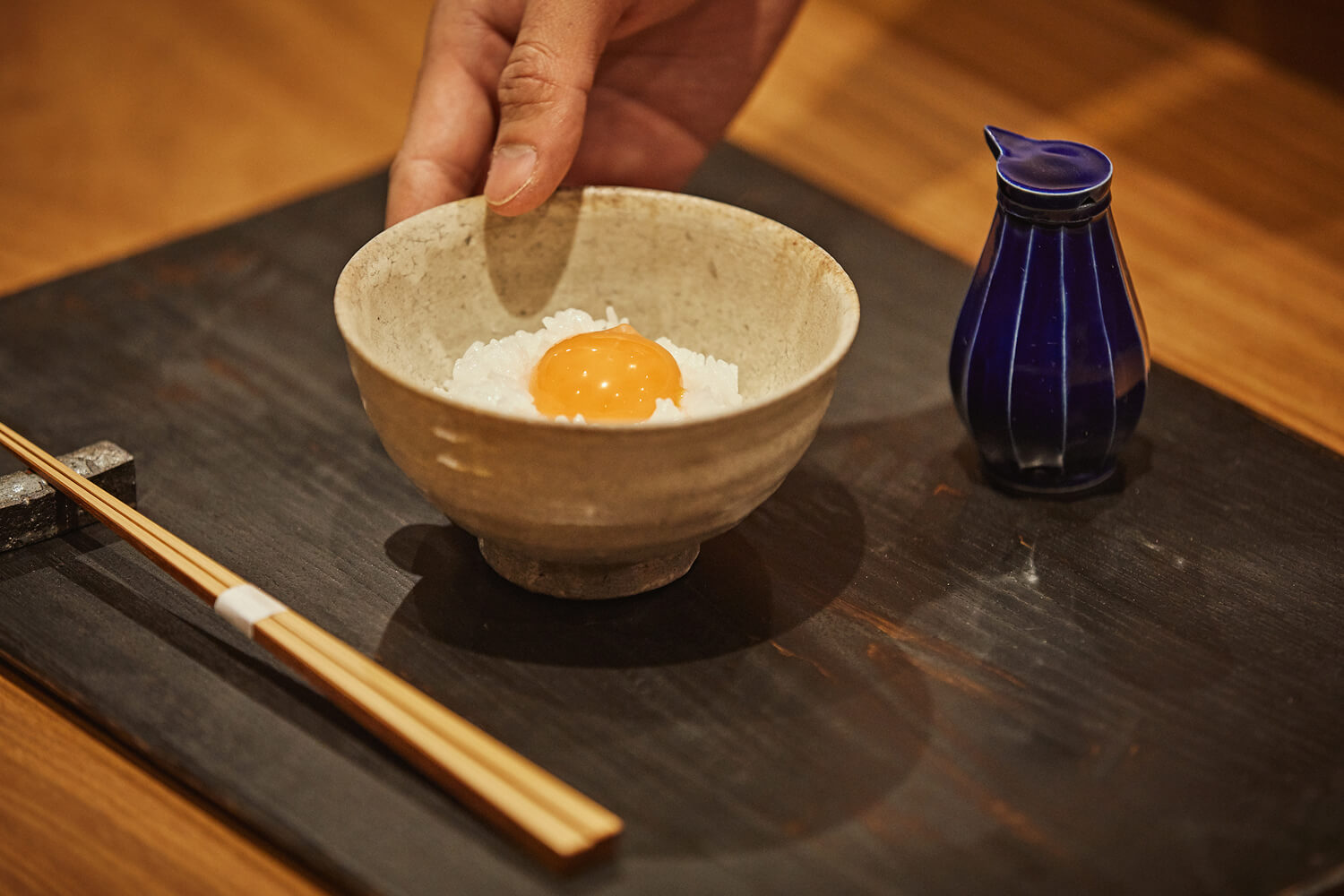
© YUSUKE NISHIBE
At Kishin in Kyoto, Atsushi Nakahigashi has made it his mission to master the art of breakfast. He learnt the ropes at his father’s two-star restaurant, Soujiki Nakahigashi, situated close to Ginkaku-ji Temple.
After completing his studies at Kyoto University, Atsushi Nakahigashi headed to New York where he worked in the city’s first restaurant to serve shojin ryori, traditional Buddhist vegetarian cuisine, Kajitsu. In 2015, he returned to Japan and opened a consultancy firm specialising in Japanese cuisine, followed by Kishin in April 2017.
Hearty meals
Here, breakfast starts with a serving of kumiage yuba, soy skin on shredded cabbage and topped with a dot of wasabi. Next come the soups (meat, fish or vegetable) and a small bowl of rice grown in Shiga prefecture, served in a ceramic dish made by hand by artisans from the Nara region. ‘Our inspiration for this hearty breakfast comes from our mother’s homemade dishes’, the restaurant’s website declares.
Several times a year, the chef organises pop-up events during which he gives carte blanche to other chefs, with one imperative: to only serve breakfast.
More information on Kishin can be found on the restaurant’s website.
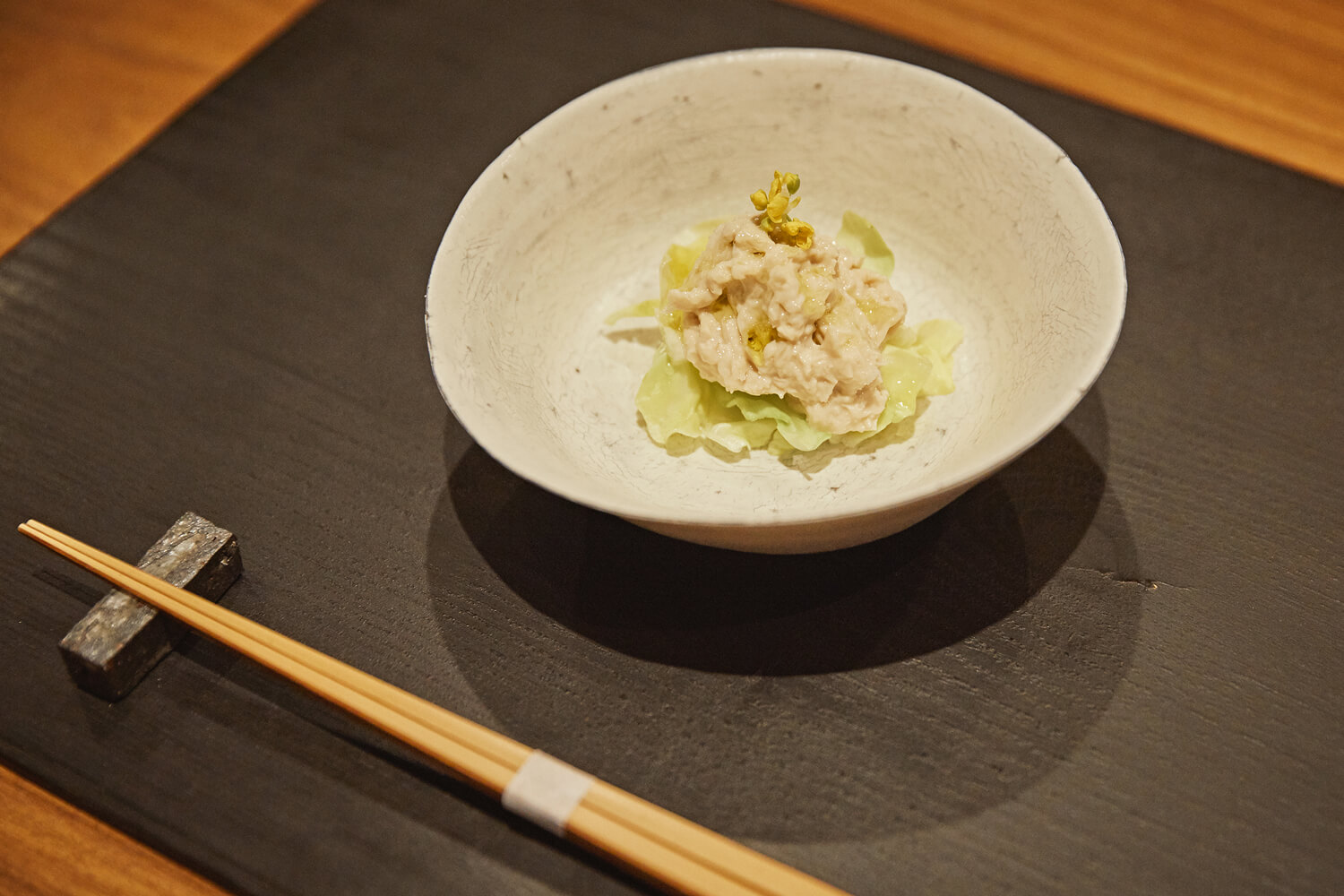
© YUSUKE NISHIBE
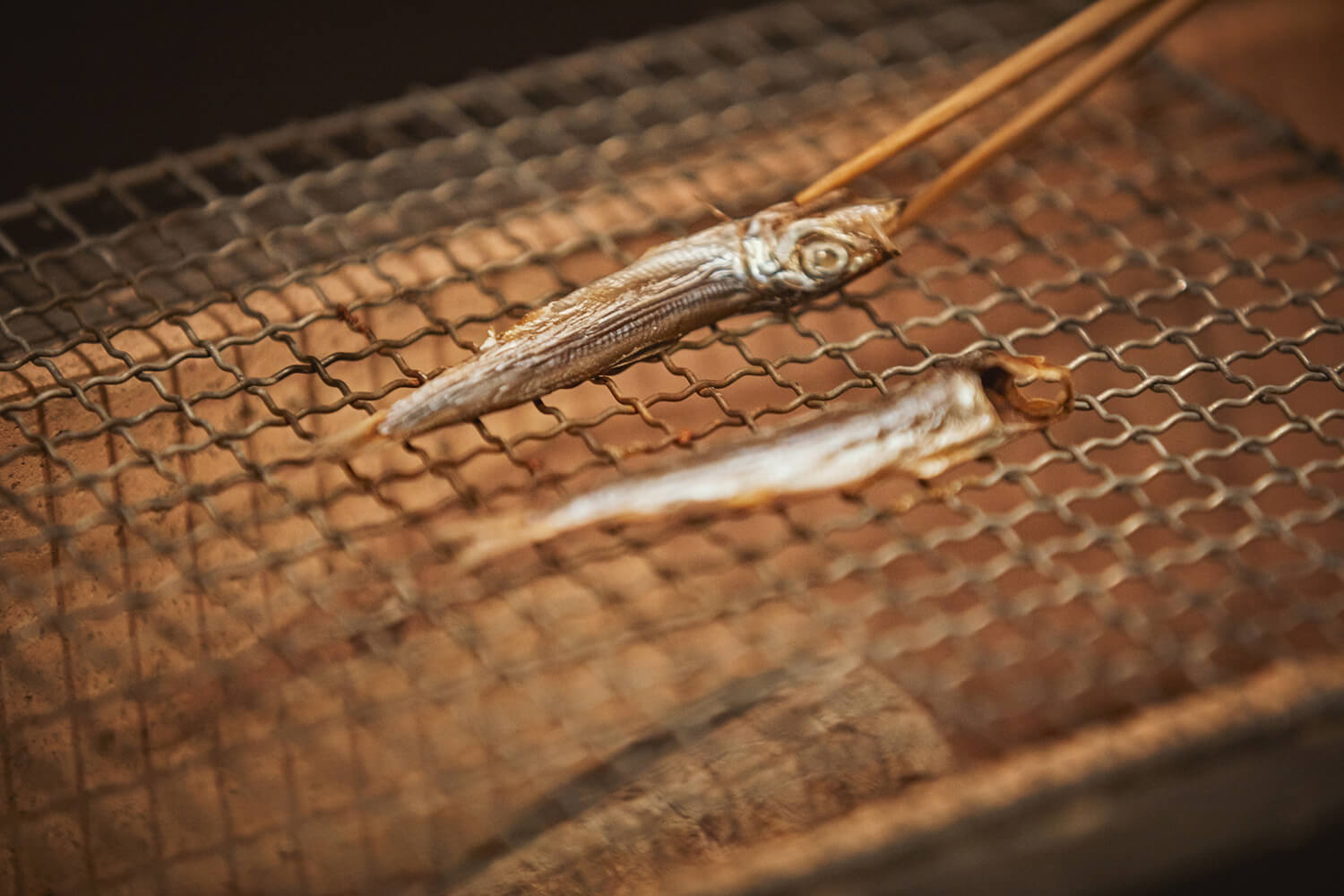
© YUSUKE NISHIBE
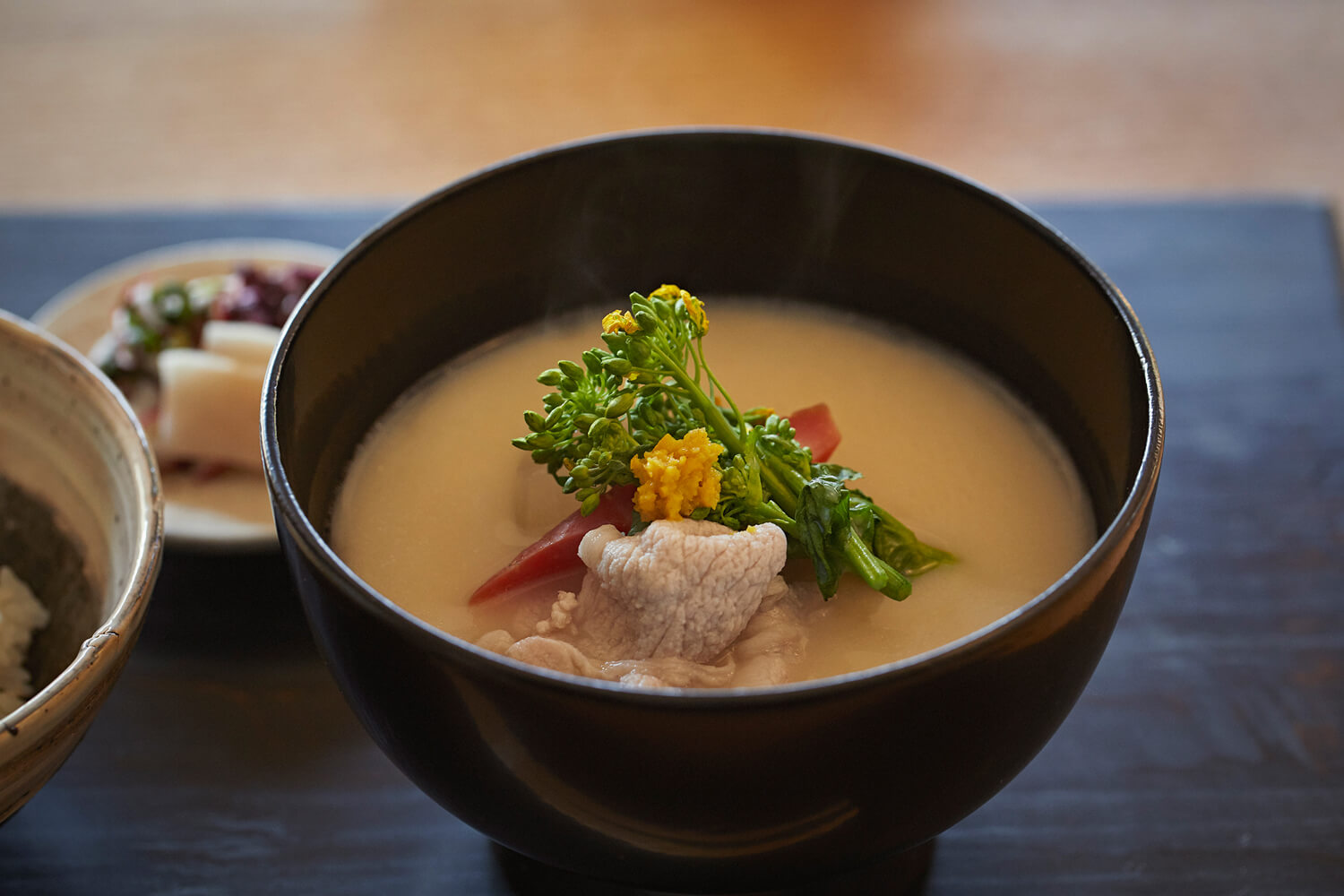
© YUSUKE NISHIBE
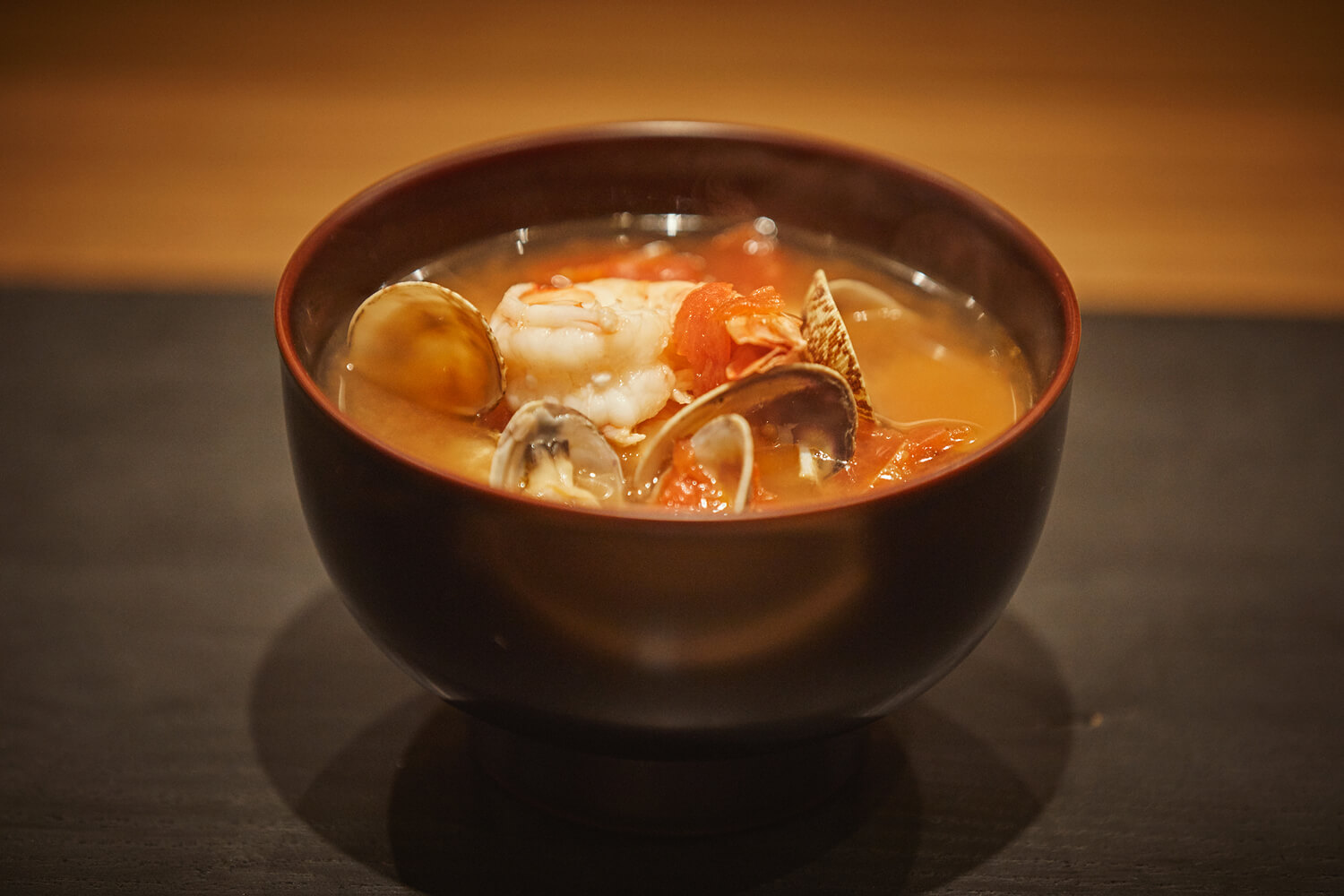
© YUSUKE NISHIBE
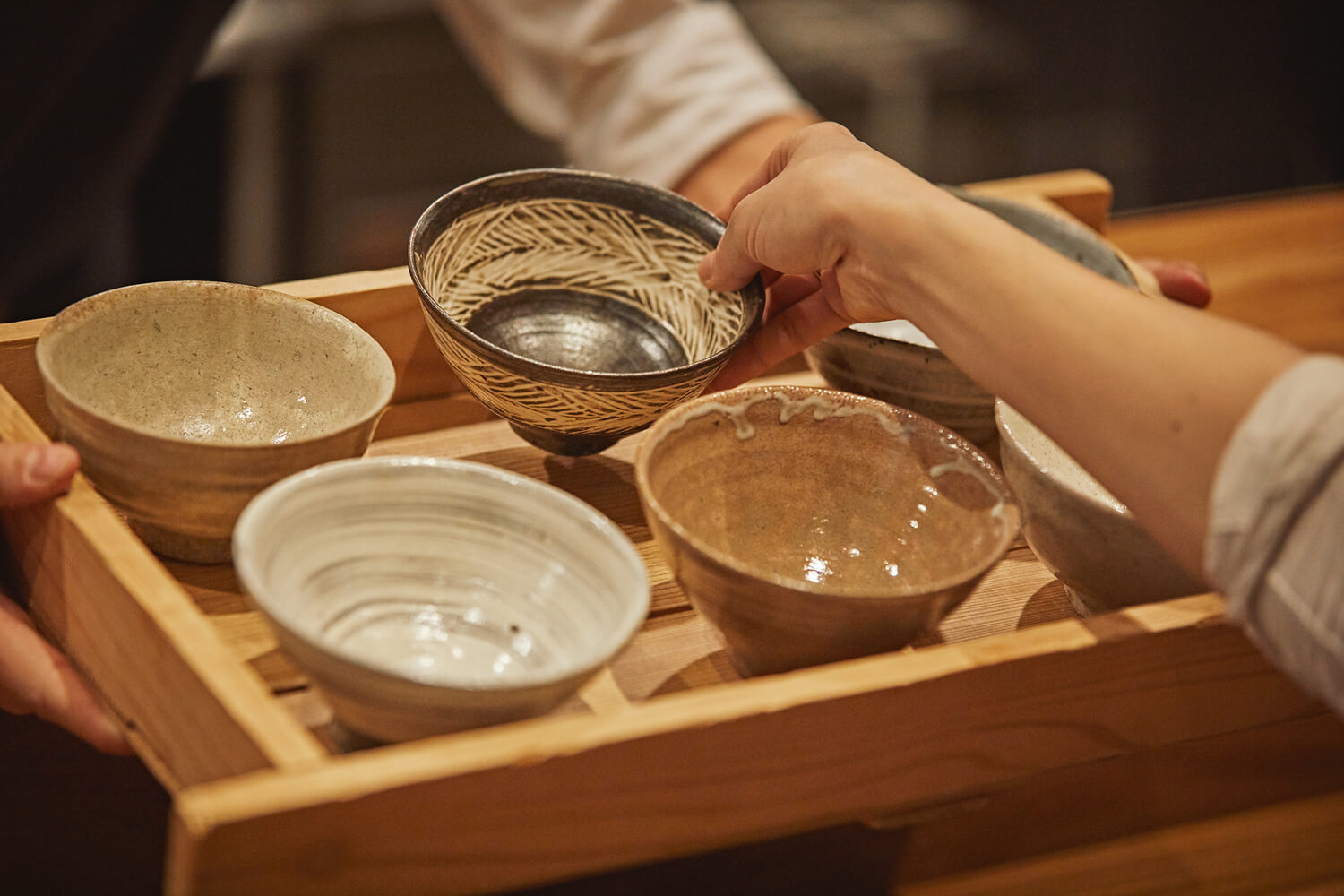
© YUSUKE NISHIBE
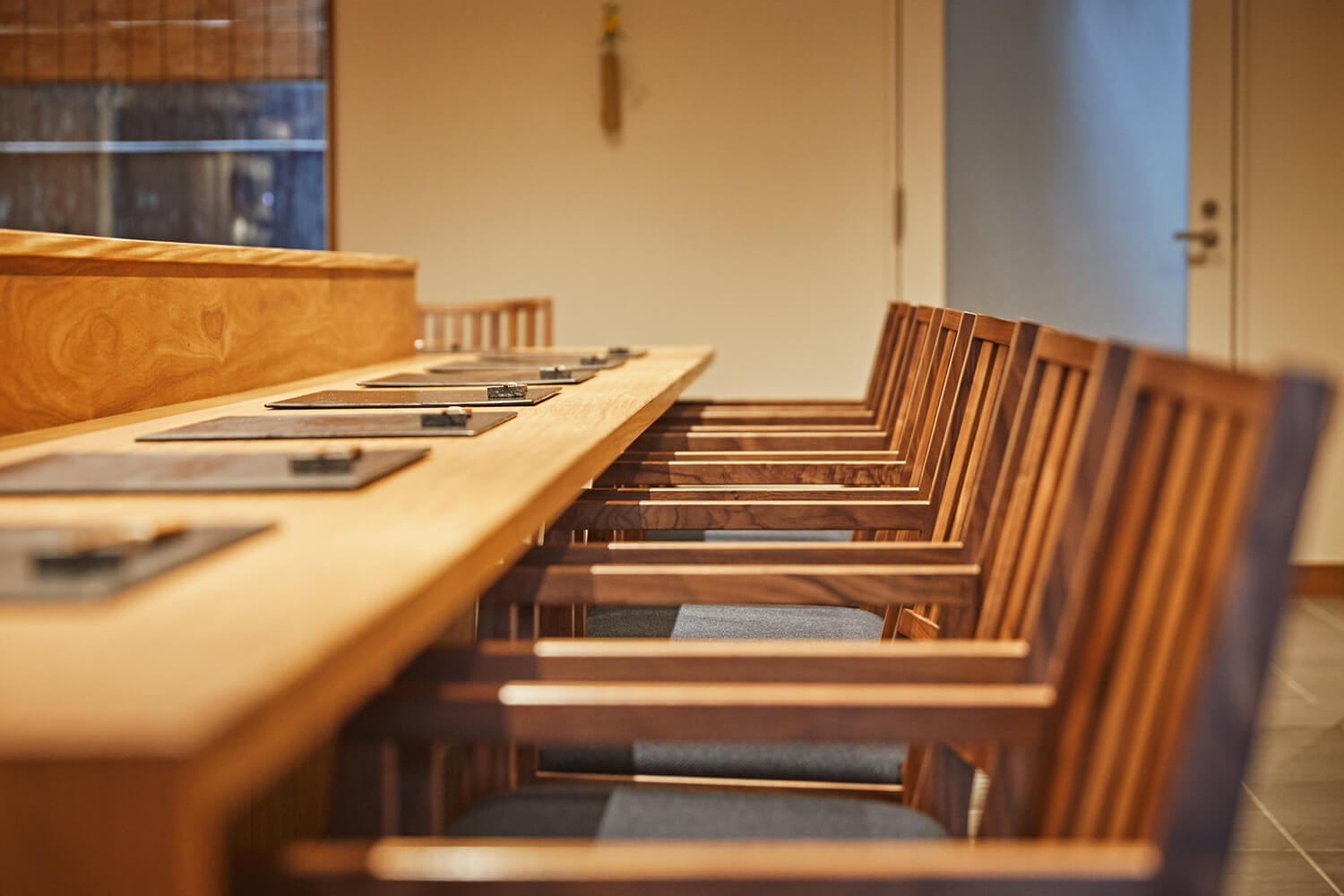
© YUSUKE NISHIBE
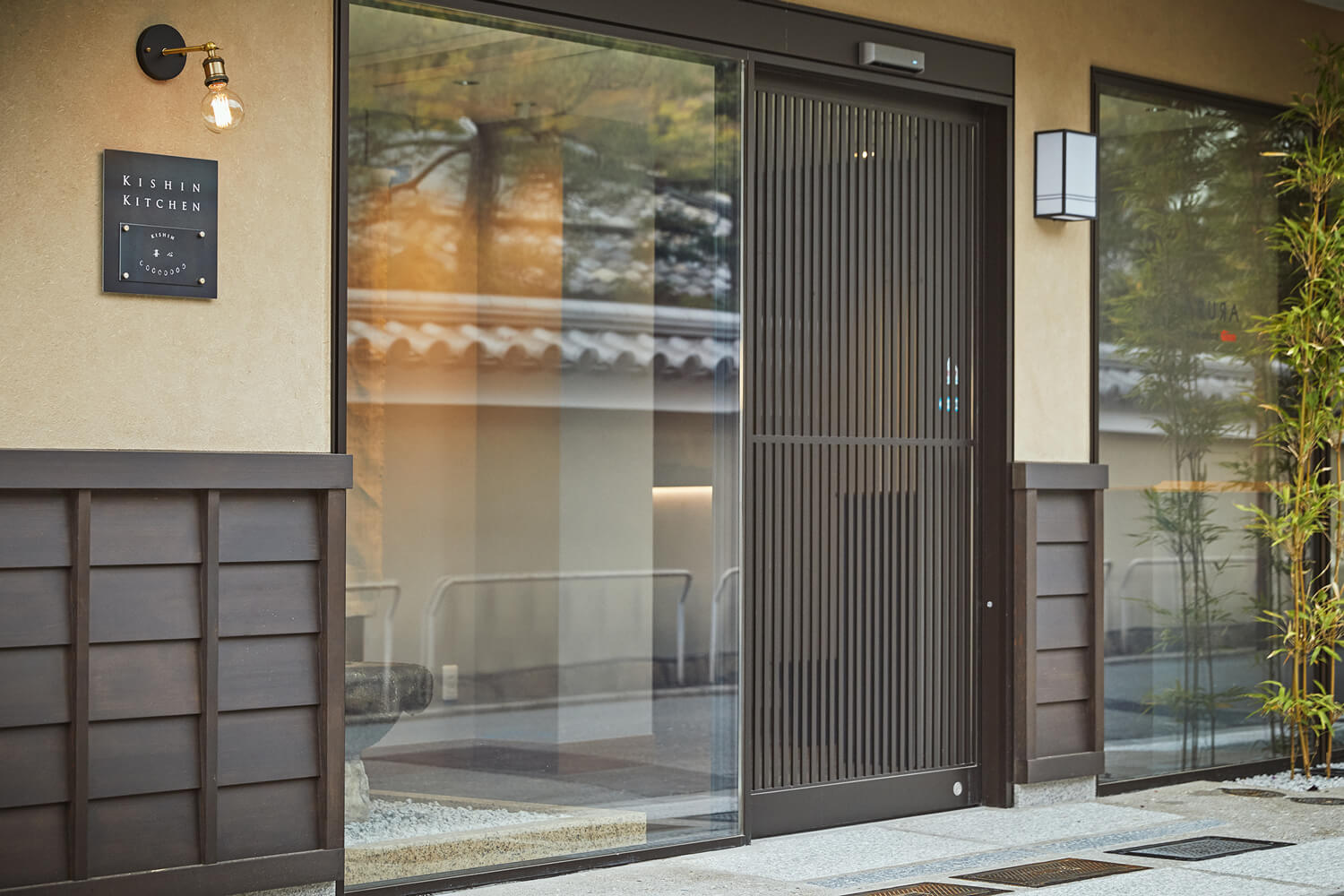
© YUSUKE NISHIBE
TRENDING
-
The Tattoos that Marked the Criminals of the Edo Period
Traditional tattoos were strong signifiers; murderers had head tattoos, while theft might result in an arm tattoo.

-
Paris, Tokyo: Robert Compagnon
With his co-chef and talented wife, Jessica Yang, Robert Compagnon opened one of the top new restaurants in Paris: Le Rigmarole.
 3:31
3:31 -
Chiharu Shiota, Red Threads of the Soul
Last year, more than 660,000 people visited the retrospective 'Chiharu Shiota: The Soul Trembles' exhibit at the Mori Art Museum.

-
‘Before Doubting Others, Doubt Yourself. Who Can Truly Say a Dish Isn’t What It Used to Be?’
In ‘A Non-Conformist’s Guide to Surviving Society’, author Satoshi Ogawa shares his strategies for navigating everyday life.

-
The Story of Sada Yacco, the Geisha who Bewitched Europe
Described by Dazed magazine as the first beauty influencer, she has been restored to her former glory since 2019.





